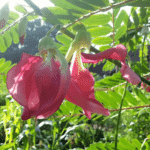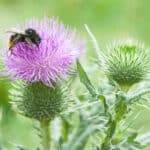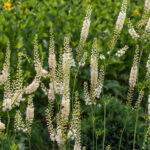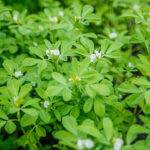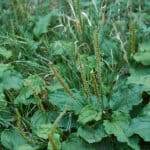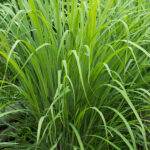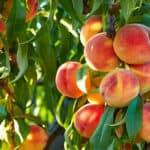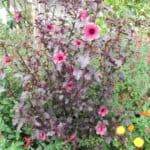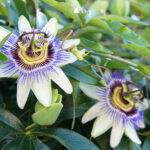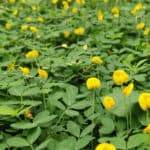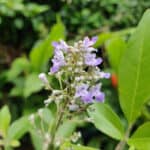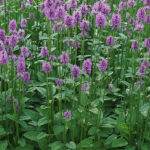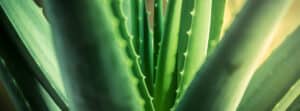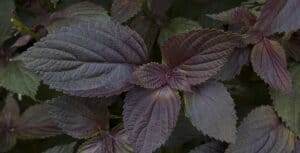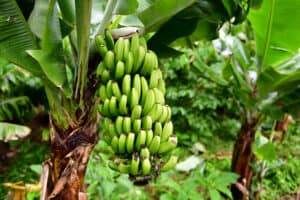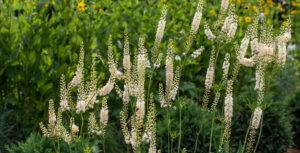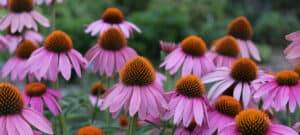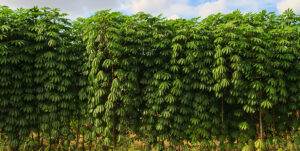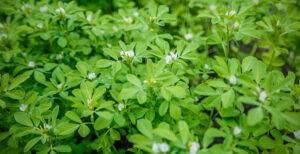The Amazing Aloe
Have you ever heard of a plant that is easy to grow, useful medicine, and a delicious refreshing dessert? Aloe Vera is all of that!
It should be a staple in everyone’s kitchen garden for many reasons. Even better, you do not worry if you are living in a temperate climate. Aloe Vera can grow well indoors on a windowsill with plenty of light.
As long as you have a lot of sun and some heat, they will survive. Of course, these plants will be much smaller compared to ones grown in the ground in a tropical climate.
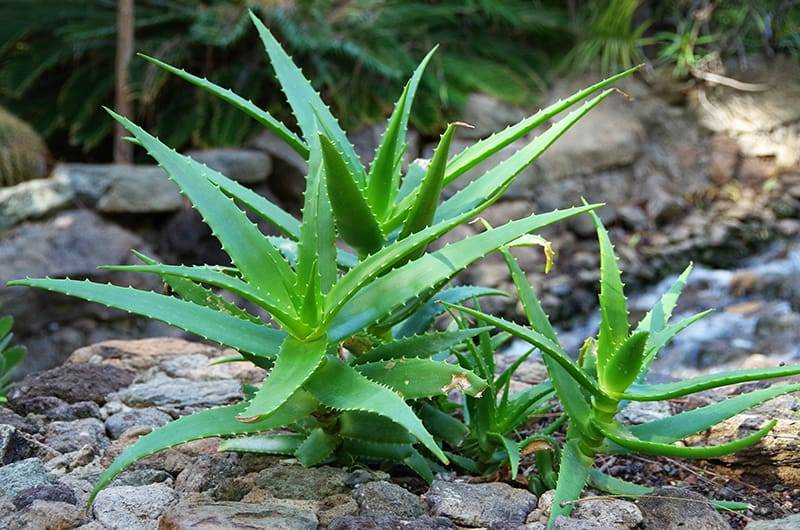
Aloe Vera (Aloe barbadensis) is a native plant to the Arabian Peninsula and the continent of Africa. At this point, it has spread all over the world. There are over 500 species in the Aloe family!
The most commonly cultivated variety is Aloe Barbadensis. However, there are some varieties such as Aloe arborescens that are more tolerant of cooler temperatures.
Aloe has thick, triangular-shaped leaves that come out from a central stem. There are sharp, razorlike edges which run alongside the leaves.
The plant is green with speckled white spots. Overall, it has pretty distinguishable features which make it hard to misidentify.
Aloe has been an ancient medicine used for over 5,000 years! In fact Cleopatra was recorded using it as an after bath gel during the ancient Egyptian empire.
People in Asia enjoy eating the gel mashed with honey after a meal. It is otherwise used as a medicine to treat a diverse range of illnesses. Some of these include healing irritated skin, mouth ulcers, reducing inflammation, and aiding digestion.
Aloe Vera is a perennial plant that can be harvested all year round. As you pick the succulent stalks, suckers will continue to form from the base of the plant. These suckers can be transplanted to form a new plant or kept there to grow larger.
Has this introduction convinced you to grow aloe vera? Well, keep reading to learn how to get started!
Propagation & Planting

The best way to start growing aloe vera is from a sucker transplant. You can either buy a potted plant from the store or take a sucker from a friend.
If a plant has more than one main stem, you will be able to find a sucker. It’s best to take a sucker from a plant that has multiple stems. This way you will avoid ruining the main plant.
In order to identify a sucker, look at the base of the main plant. You should see new shoots growing out. Each one of these will have its own root system.
Remove the sucker and its entire roots from the soil. Now you can prepare your soil and container.
Aloe vera prefers a well draining soil. They will not do well if the environment is too moist. Make sure that your soil mix has plenty of sand to promote drainage.
Mix 50% sand with some organic compost and regular soil. It is best to use a terracotta pot because the porous material allows air to flow out easily. The pot should be able to comfortably accommodate the root ball.
Once your pot is filled with soil, you can transplant the sucker. Make sure that the root system is fully buried comfortably under the soil. Press down the soil to ensure that the plant is secure and upright.
Your next step will be to take care of it!
Growth & Care
The Aloe vera plant is relatively easy to care for. It only needs to be watered every few days, when the top layer of the soil feels dry.
Be sure to not overwater. When Aloe gets too much water, it will begin to rot at the base. It is a succulent, so keep that in mind!
Also it is important that this plant is placed in warm, sunny areas. They prefer to receive between 6-8 hours of sunlight per day. If you live in a warm climate, you can plant directly in the ground outside.
Those who live in temperate climates have to grow aloe vera in pots outdoors during the summer. But be sure to bring them inside once the cold weather comes around.
Aloe does not require high fertilization. The initial compost should do the trick for a long time. You can add some compost tea to the plant every 3 months.
Aside from that, this plant is pretty pest resilient. There aren’t too many issues you need to look out for. Outside from harvesting, you only need to prune if you see any severely damaged stems.
Remember that as the Aloe Vera outgrows the pot, you will either need to move it to a larger pot or separate the suckers into new pots. When the roots get too crowded, the plant’s health will be affected.
Harvesting

When you want to use the aloe vera stalks for medicine or food, you can look for one of the larger stalks on the outside of the plant. It is better to harvest older stalks to allow for the smaller ones to grow.
Cut the stalks at the base using a scissor. It is best to do it all in one clean cut. See the picture to understand the exact location of where to harvest.
Only harvest the amount that you need. One stalk provides enough gel to use in small amounts over a few days.
Processing & Utilizing
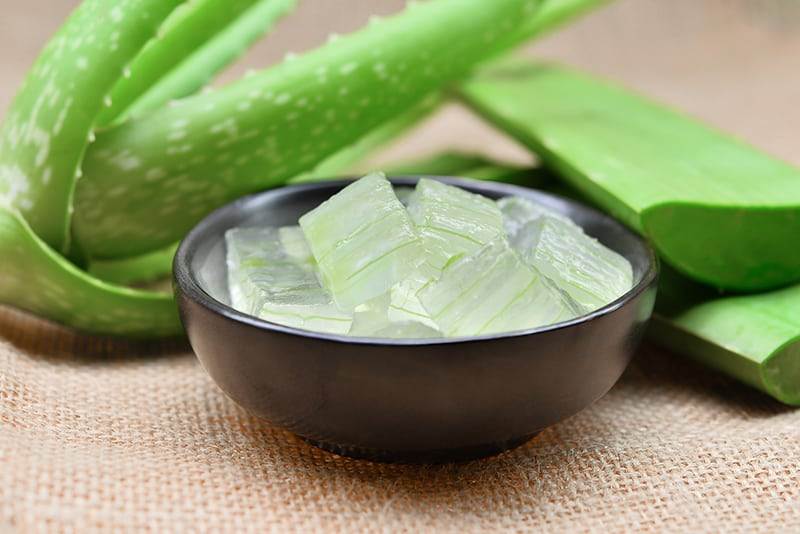
After you have harvested the stalks, peel the outer skin so that only the gel is showing. You can apply the inner gel directly on your skin to heal a burn or a cut. Aloe Vera’s antibacterial qualities are sure to help you towards a speedy recovery.
It can also be used on plant cuttings as a rooting gel because of its antibacterial properties! Simply dip your cutting into some aloe gel before putting it into soil or water.
If you want to process the gel into a less chunky form, separate the gel out from the leaves into another container. You can put these chunks into a blender to make a smooth gel. This can be stored in the fridge for a month or so.
In order to eat aloe vera, you need to remove the yellow sap that is between the gel and the leaf. This sap contains aloin, which can cause stomach discomfort. To remove it, simply place the stalk upright with the base facing down into a container.
The sap will drain out. Once that is gone you can process it by scooping it out. Aloe vera tastes very good with honey or in a smoothie. It is best to eat first thing in the morning.
Aloe Vera is a bright tropical staple in any home. Its powerful medicinal properties and hardiness is a strong reason why we suggest putting it in your permaculture garden!







